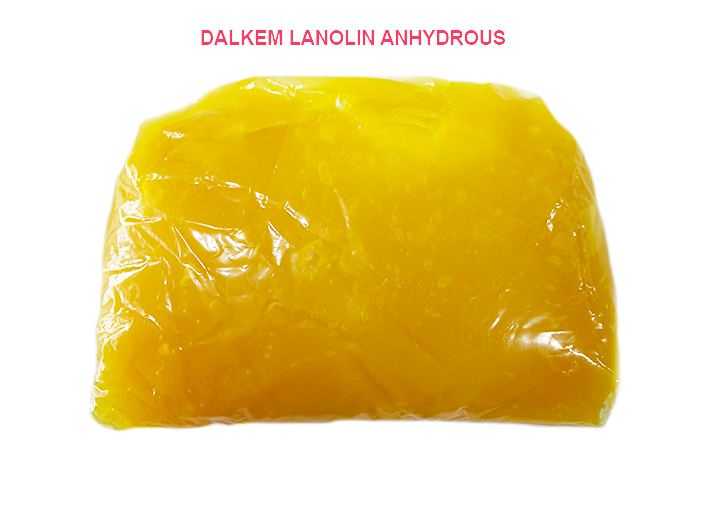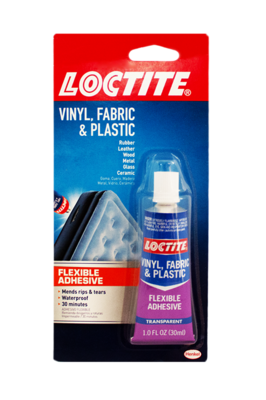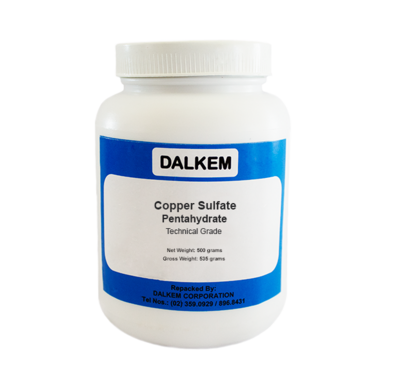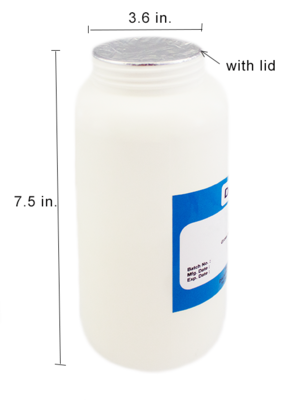Dalkem Lanolin Anhydrous Gross Weight: 500 grams
Lanolin is a natural byproduct that results from the processing of animal wool, typically that of domestic sheep.
Lanolin is secreted by the sebaceous glands of sheep and is a thick, greasy, yellow substance in its unrefined state.
When this raw material is processed to remove its impurities, the resulting substance is called anhydrous lanolin.
Anhydrous lanolin is similar to wax and has a wide variety of applications in many different industries.
At the same time, it also is structurally similar to the lipids that are found in our skin cells, which is why it is so often used as an ingredient in skin care products.
Applications
• Commercial Uses Anhydrous lanolin has been used to deter the formation of rust on metals. In fact, medieval knights coated their armor and weapons with lanolin to keep them in good condition. This tradition lives on in the ship-building industry today, where lanolin is used to protect iron and stainless steel from corrosion due to chronic exposure to saltwater. Engineers also depend on lanolin to protect pipelines, tanks and other underwater machinery. On a smaller scale, boating enthusiasts often use anhydrous lanolin to keep barnacles from attaching to propellers.
Anhydrous lanolin is also valued for its lubricant properties and is frequently used to grease moving machinery parts to reduce friction and wear. As an added bonus, lanolin is compatible with a variety of additives, making it versatile and cost-effective in a number of technical processes. Anhydrous lanolin is also non-toxic and readily biodegrades in the environment.
• Cosmetic Applications
Anhydrous lanolin is a cosmetic ingredient with emollient, anti-static, surfactant and emulsifying properties. This material is commonly found in lip balms, shampoos, hair conditioners, skin cleansers, tanning lotions, baby lotions, body moisturizers and some makeup products.
• Pharmaceutical Applications
Anhydrous lanolin is used in ointments, balms and other topical formulas to treat chapped lips, minor wounds and abrasions, burns, diaper rash and other skin irritations. Since lanolin is readily absorbed through the skin, it acts as a carrier base to facilitate the absorption of other medicinal compounds in the product.
• Anhydrous Lanolin As a Skin Moisturizer The most common application of anhydrous lanolin, as a moisturizer, is to treat or prevent dry, rough, scaly, or itchy skin. It can also be used to treat minor skin irritations, such as nappy rash.
• How Anhydrous Lanolin Helps Protect Dry Skin
Dry skin is a condition that results from a loss of water in the upper layer of the skin. When an anhydrous lanolin product is applied to the skin, it forms an oily layer on the top of the skin that forces the water in the skin to become trapped inside. For dry skin applications, anhydrous lanolin is highly effective. However, for people who are prone to breakouts or who are allergic to lanolin, products containing anhydrous lanolin should be avoided.
• Hair Conditioner
Anhydrous lanolin also serves as a particularly good additive for hair conditioners, especially in hair conditioners that are made for people with curly hair. Extra curly hair tends to be thick, which is difficult for regular conditioners to penetrate. As a product that is thicker and heavier than most other hair conditioner additives, anhydrous lanolin can add softness while locking in moisture for curly hair.







